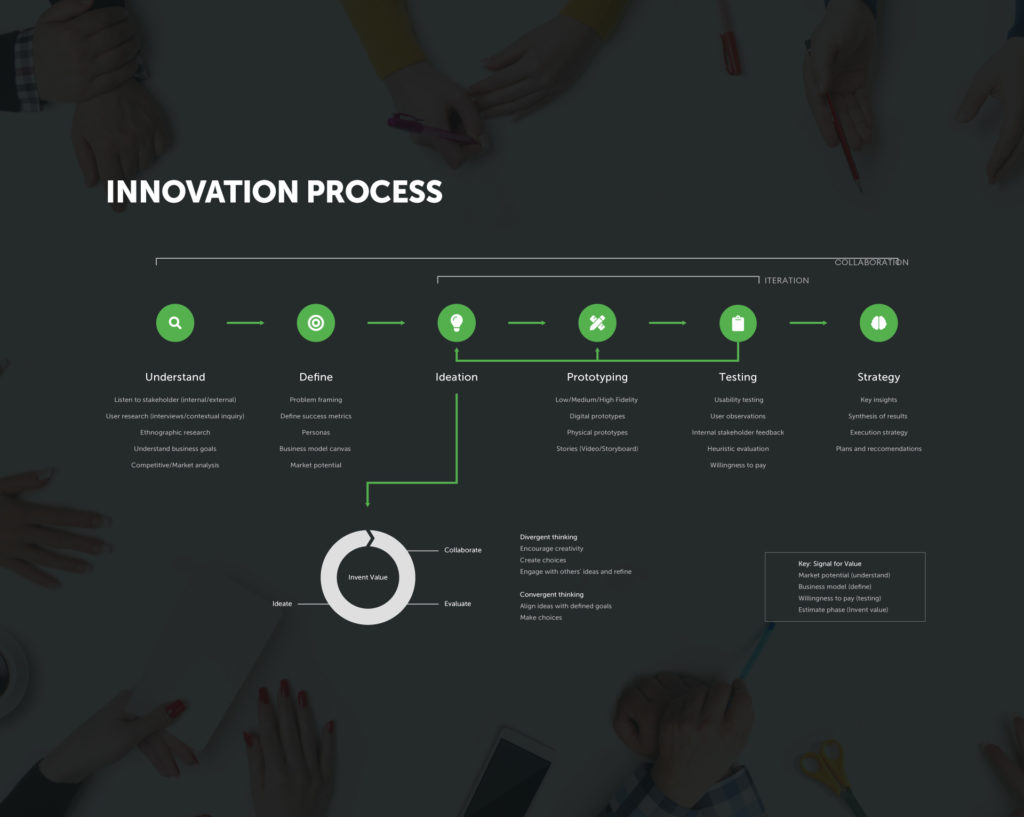Article
5 Steps to Successful CIO-CMO Collaboration

Are your CIO and CMO considered The Odd Couple of your office? Left brain vs. right brain – technical vs. creative – thinking vs. feeling. Historically, these two roles operated in relative isolation from one another, never needing to address, much less overcome their differences. IT was an internal department focused on operational technologies and Marketing was externally facing with a focus on customer needs.
With the rise of digital applications and digital marketing, however, CMO’s must be far more tech savvy to successfully engage on digital, mobile, and social platforms. At the same time, CIO’s are called upon to support these efforts and implement more design-led, user-centered software, with both sharing more budgets in the process. The two roles have become rapidly intertwined and it’s not always a perfect pairing.
A recent report from Gartner Inc., Unlocking the Power of a Great Marketing-IT Relationship, found that a smooth CMO-CIO relationship was important to improving customer engagement, expediting product innovation, optimizing business processes, and providing enterprises with better customer and competitive intelligence. At Fresh Consulting, we work heavily with IT & Marketing leadership and find lots of projects, such as UX system design and mobile app development, that have heavy overlap with both functional groups.
Through the years, we’ve found that the successful collaboration and respectful productive friction with the creative and technical minds is a key to successful project outcomes. So if you find yourself needing to foster better CIO-CMO collaboration, we recommend the following five steps:
1. Connect the Hemispheres through Early and Regular Collaboration
CMOs are more often women with liberal arts backgrounds. CIOs are more often men with science, technology, and engineering backgrounds. This classic right brain versus left brain opposition persistently pits vocal and impulsive creative types against their reserved and calculated counterparts.
Of course, it’s easy for these contrasting viewpoints to become polarized, but both perspectives are invaluable when it comes to your organization’s strategy and planning process. Connect the two by involving your CMO and CIO both early, in the planning and budgeting stages, and often, with regularly scheduled check-ins. Incorporating input from both sides not only generates a well-rounded plan with integrated execution; it’s also easier to work collaboratively towards a commonly devised goal than an imposed one.
2. Consider Cross-Pollination of Team Members to Avoid Silos
As the lines continue to blur between Marketing and IT departments, so do roles. CIOs are becoming consultants across the organization, not just for Marketing teams, but for all teams considering technological products or enhancements. Marketers are also becoming technology experts as their work becomes dependent on digital platforms and delivery. Encouraging inter-departmental exchange is an excellent way to promote collaboration between teams, but you should also consider creating room for a crossover role: Marketing Technologist.
Studies show a frequent and distinct lack of clarity in ownership between Marketing and IT teams. Creating a common language and connecting the hemispheres can go a long way towards bridging this divide, but employing a Marketing Technologist, whose skills specifically straddle both lines of this complicated fence, fosters even greater teamwork and transparency between the two.
3. Create a Common Language
It’s common knowledge that the key to any successful relationship is communication, but clarity and understanding require a common language. Studies amongst both groups have found that certain technology key words mean entirely different things to each.
For example, CIOs interpret “agile” to mean a software development methodology that is highly flexible but also requires deliberately ambiguous definitions of timelines and deliverables; whereas, CMOs consider “agile” a desired state of operations in which the company can change direction and move rapidly as market conditions change. You can see how this would create confusion.
There are a myriad of similar examples that open the door to conflict between the two parties: customer, platform, digital product, omnichannel, etc. When budgeting, as well as designing and managing projects and initiatives, it’s critical that key words be clearly defined to make sure that everyone is on the same page from the offset.
4. Share Responsibilities but Clearly Define Decision-Making Ownership
As lines blur between departments and roles, so do the lines of ownership. According to The CIO-CMO Omnichannel study, 86 percent of CIOs feel they own mobile apps while 76 percent of CMOs think they own them. And what about the data gathered from app usage and campaign participation? At the highest level, CMO and CIO collaboration is most successful when business goals, including cost, time, and priorities, are clear. Of course, it’s equally important to provide clarity about how responsibilities are to be shared.
While we do encourage cross-pollination, some level of delineation is also necessary. Data-governance frameworks are helpful, but only go so far. You can get a stronger handle on defining stakeholder ownership with a decision-governance framework that clearly details who’s responsible for, and when decisions should be made, regarding setting strategy, constructing use cases, allocating funds, deploying capabilities, etc. Regardless of how you draw the lines, it’s likely that some compromises will have to be made; however, the short-term challenges this may create are far outweighed by the long-term benefits. Namely, accelerated decision-making and increased ROI.
5. Remember to Focus on the Customer
At the end of the day, it’s important for all parties to remember that the customer comes first. In fact, it’s quite likely that, at least on this point, your CMO and CIO already agree. Forrester Research and Forbes Insights found that 78% of marketers and 81% of IT staff members deem customer intelligence a strategic priority. Developing processes and strategies that place ultimate importance on customer satisfaction go a long way towards minimizing “me against you” attitudes and aligning CMO and CIO priorities and collaboration.
Though CMO-CIO partnerships are emerging as essential business relationships, their collaboration isn’t something you have to force; it’s something you need to support. Your CIO and CMO may appear to be unlikely partners, but there’s plenty of evidence that opposites attract. When you practice ways to bring the two sides together, you infuse the secret sauce that makes Fresh fresh. If this resonates with you, chances are, you’re already off to a good start—and we might be a good partner.









